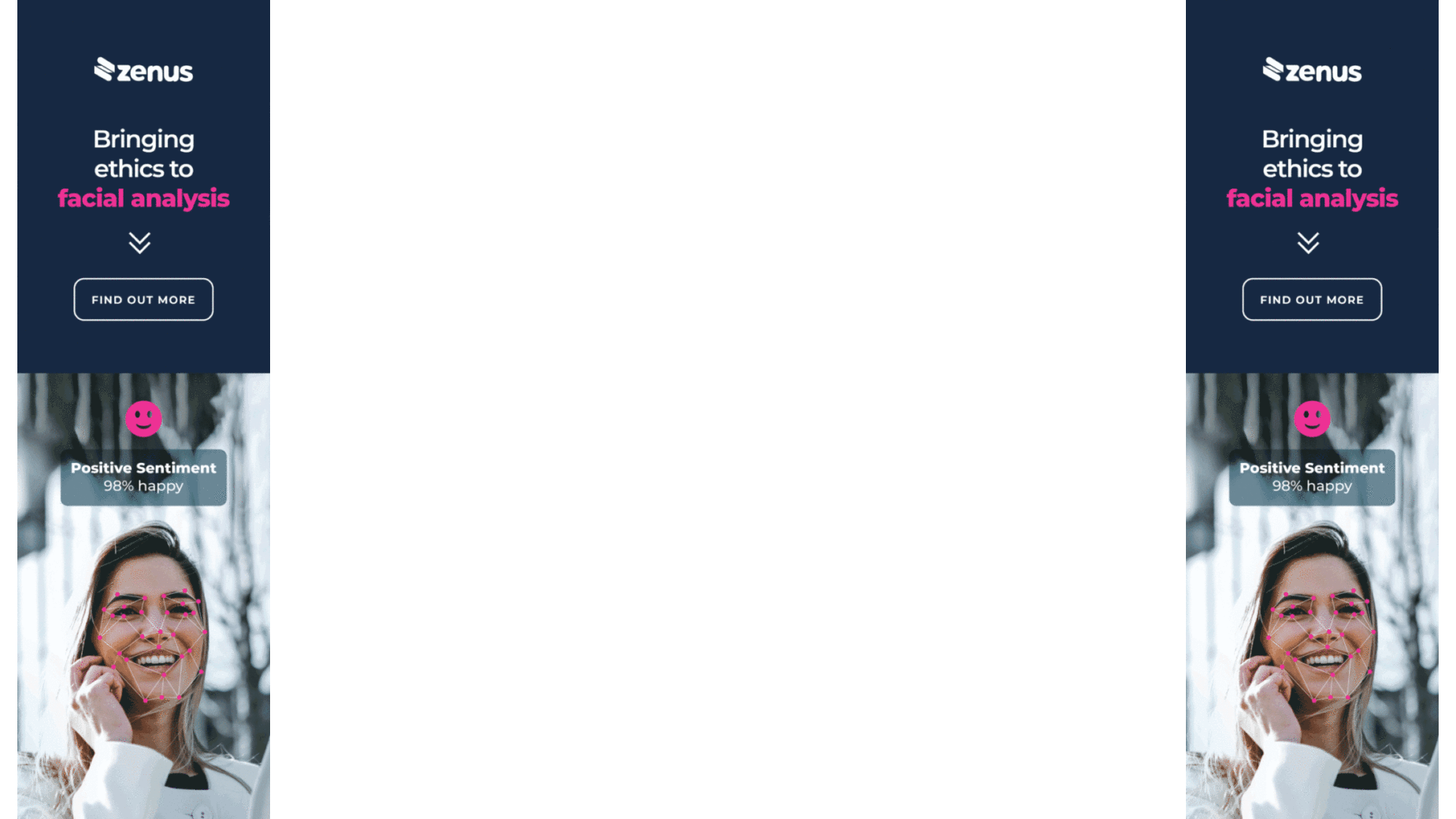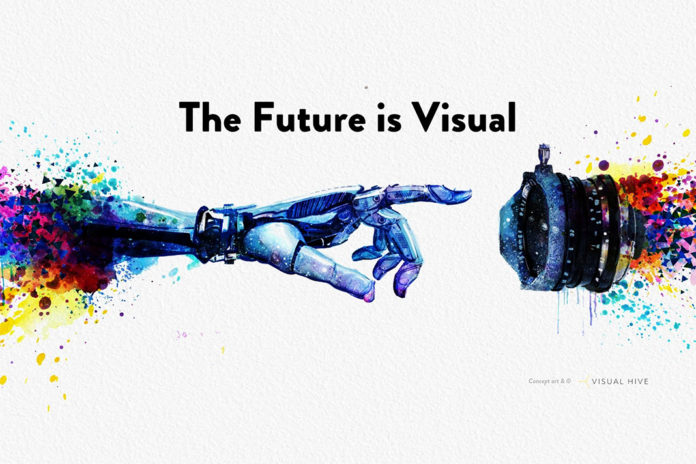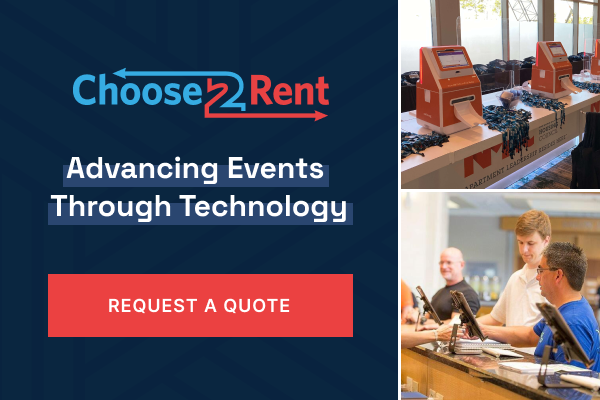In the first part of our The Future is Visual series, Bogdan Maran, the founder and CEO of Visual Hive – a content data company – inspects how we consume visual data, how technological advancements have affected this and how we should be using this content for our events.
What is your first interaction with any brand at the moment online? Visuals. Is it a banner, a hero image or a video? Even on a personal level, you are swiping left and right through images on Tinder to find your next date: you are looking at how good the food is: you are seeing the next place you want to visit.
We are living in a visual world, where more and more of our daily communications are image-based, be it gifs, photos, loops, stickers, and much more. We post 600+ images on Instagram and we view over 75k of videos every second on Youtube.
Since smartphones democratised videos and photos, we all have in our pocket a mini production company, meaning a critical element in our society has changed. You would think that it marked the end of professional content producers. On the contrary, it empowered the industry. It created a world that is hooked on visuals, that need to get their dosage on an hourly basis, ripe for the taking of eager visual artists/communicators.
It also raised the bar; since our customers have been exposed to quality through the myriad of channels that are out there, they now expect it. Our brains are adapting to “skip” through thousands of images every minute and focus on the one that delivers the message correctly.
It is easy to see why visual content is, and always will be, king.
Going back to our “corner” of the world, one of the byproducts of events is content. Most of which, if not all, is stored and delivered as visual content (photos, videos, AR, VR, MR…) Regardless of whether organisers like it or not, this byproduct is inevitable and can be used to help or hinder the event.
The question is, ‘how do we use this visual content to add value?’
Before even thinking about creating any visual content, I ask myself the five ‘Ws’: Who? What? Where? When? Why? These questions allow me to objectively create content, from capturing it to getting it ‘out there’, and they need answering before I can begin.
The trick I use is to flip the order around (Why? When? Where? What? Who?) because it gives me a better flow of ideas with which to work.
Applying the set of questions to the visual content of the events world, we have the following:
- Why do we need to create visual content?
- When do I need to share the visual content?
- Where do I share the visual content?
- What kind of visual content do I need to use?
- Who are we sending the content to?
In a six-week-long series, I will go into detail to answer all the above questions, looking at everything from engagement rates, on-demand platforms, tracking, targeting, new tech, AI, blockchain and everything in between.
My aim through this series is to help you look at visual content as an asset that creates value, and transform what is usually an expense into a revenue stream.
Before I go forward, here is a bit of food for thought: we share and engage with four times more content than we produce, but with all of that, the average lifespan of an image online is 2.1 seconds, (so, about as long as it took you to read this last sentence). That is the attention span that you need to break through, and the more attention you can get people to put into your content, the more ROI you will get from it.
So have you asked yourself what is the lifespan of your visual content? Have you actually measured it? Have you thought about the direct financial impact that two seconds vs two minutes has on your event?
The lifespan of the visual content from an event is measured by taking an average lifespan of every single piece of content shared (a photo, a video clip, a gif, etc). The more your audience engages with your content, the bigger the lifespan and, therefore, the more valuable your content is. So the aim is to produce and share relevant content for your audience, so they can engage with it.
Next week on Event Industry News, we will explore the question: “Why do we need to create visual content?” We will look at everything from breaking the geographical bubble and documentary reasons (and, not to ruin the surprise, but revenue is one of them.)










